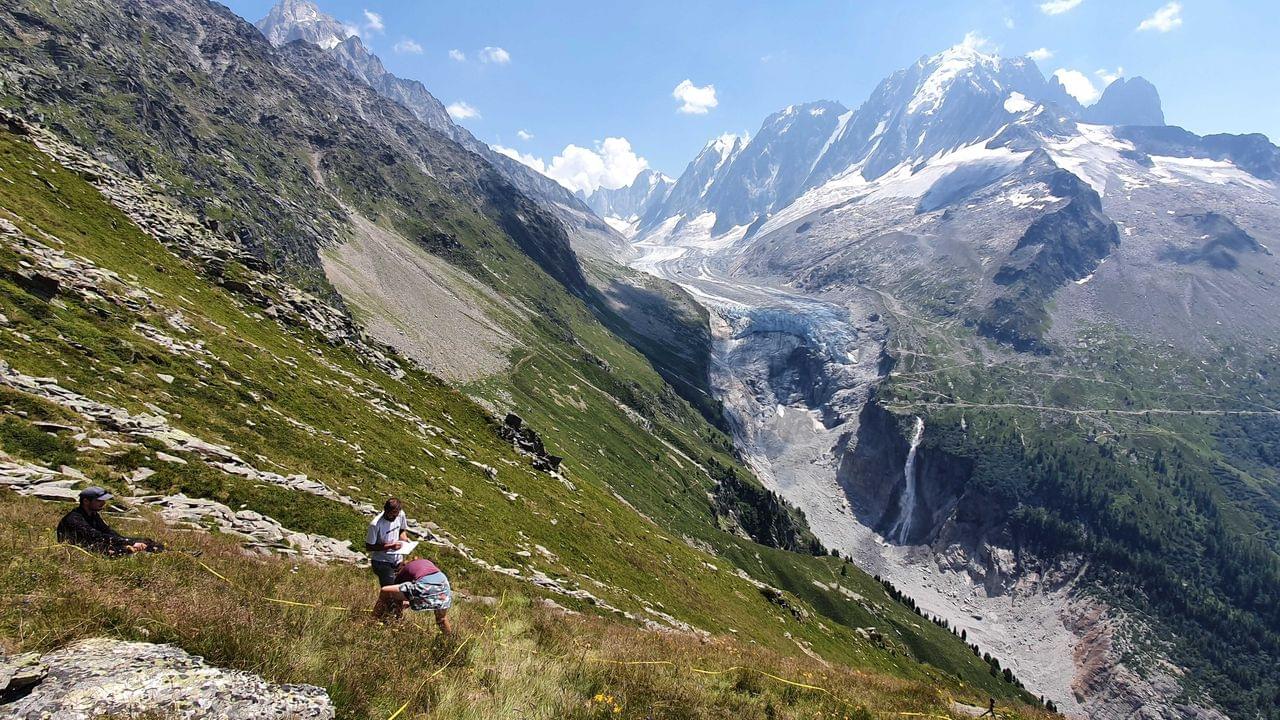
Alpine grasslands, pockets of resistance
With a very low percentage of the massifs surface area, grasslands (alpine and alpine) represent a rare and fragmented environment, yet a source of biodiversity and high quality forage for wild and domestic fauna.

The Green Boom
The phenomenon of glacial retreat is well-known but what about the pioneer plants which take the place of the ice and gradually shape the mountain landscapes of the future?

The tale of the hare and the hare
With climate change, optimal conditions for white species are shifting to higher altitudes. They are likely to face competition from lowland species such as the European hare...
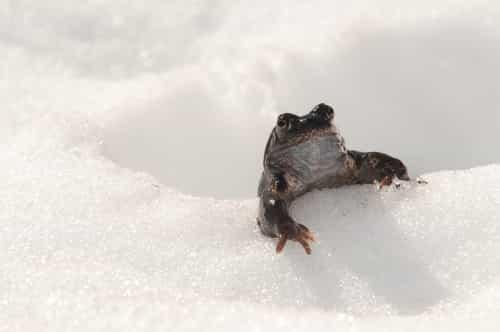
Double-edged for frogs
A common species at both low and high altitudes, the red frog is emblematic of the sometimes contradictory effects of climate change on living things.

Each at their own pace but all out of sync
The seasons are getting longer for trees, at an accelerated pace at higher altitudes.

Giants of ice on their knees
The glaciers that are symbolic of the massif are disappearing. A challenge for humanity but new spaces for other life?
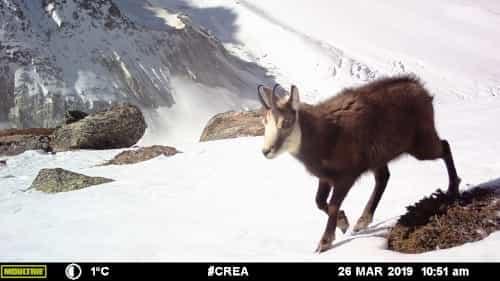
Herbivores at every level
The distribution of wild herbivores is highly dependent on the evolution of vegetation. How will these species adapt to changes in seasons and environmental composition?
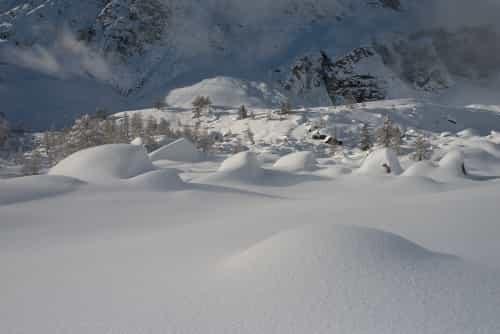
Marked decline in snow cover
Snow is a unique feature of the mountains. Its disappearance at certain seasons and altitudes is a major change for living things.
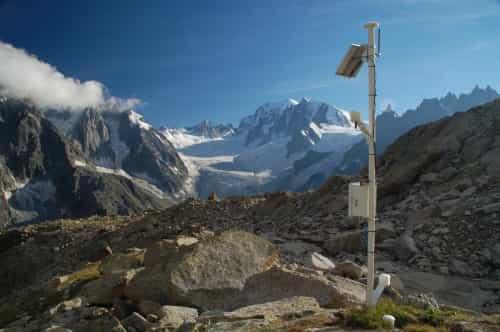
The Mont-Blanc sees red
Temperatures, so crucial to mountain life, are rising. Consequences vary from season to season.



